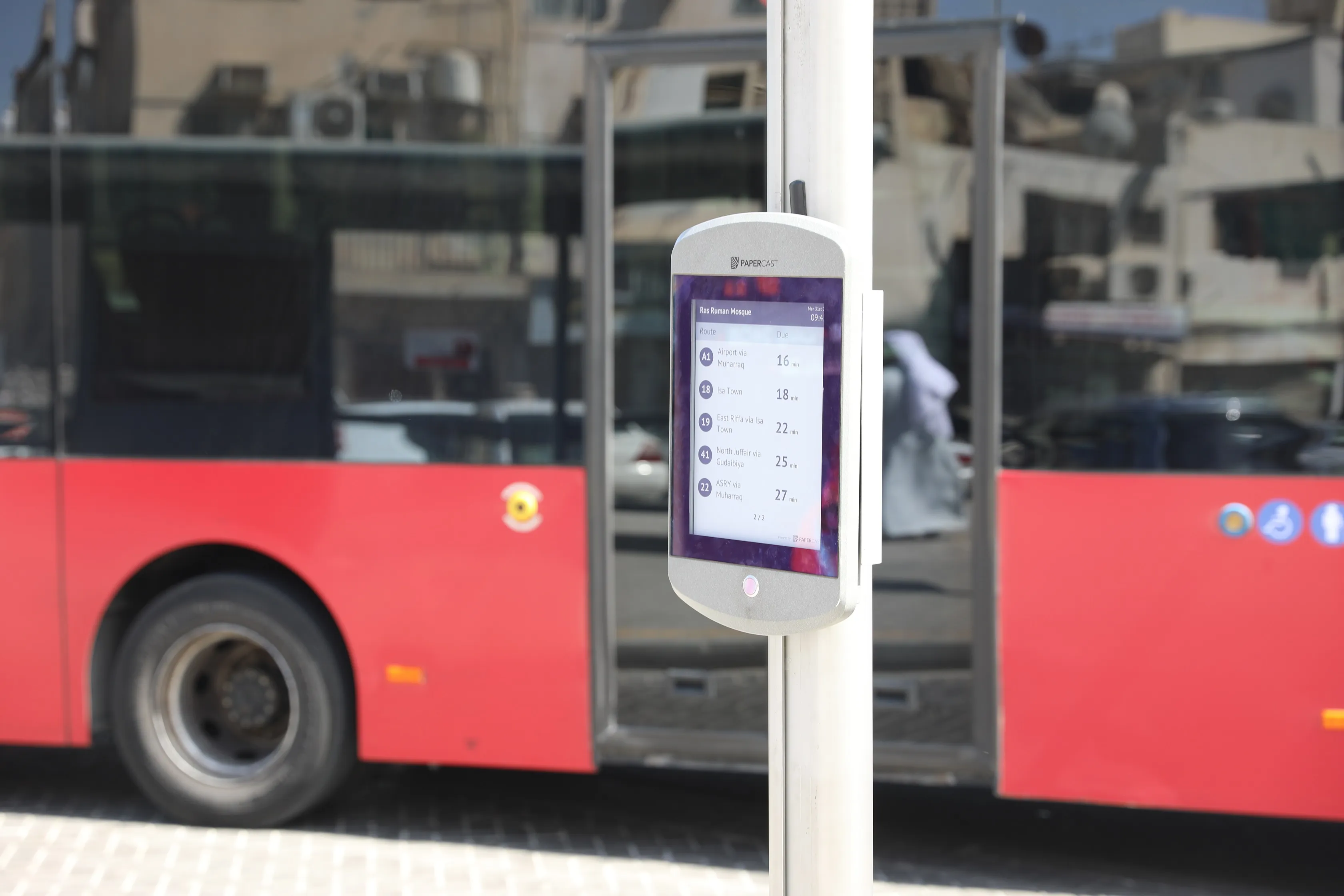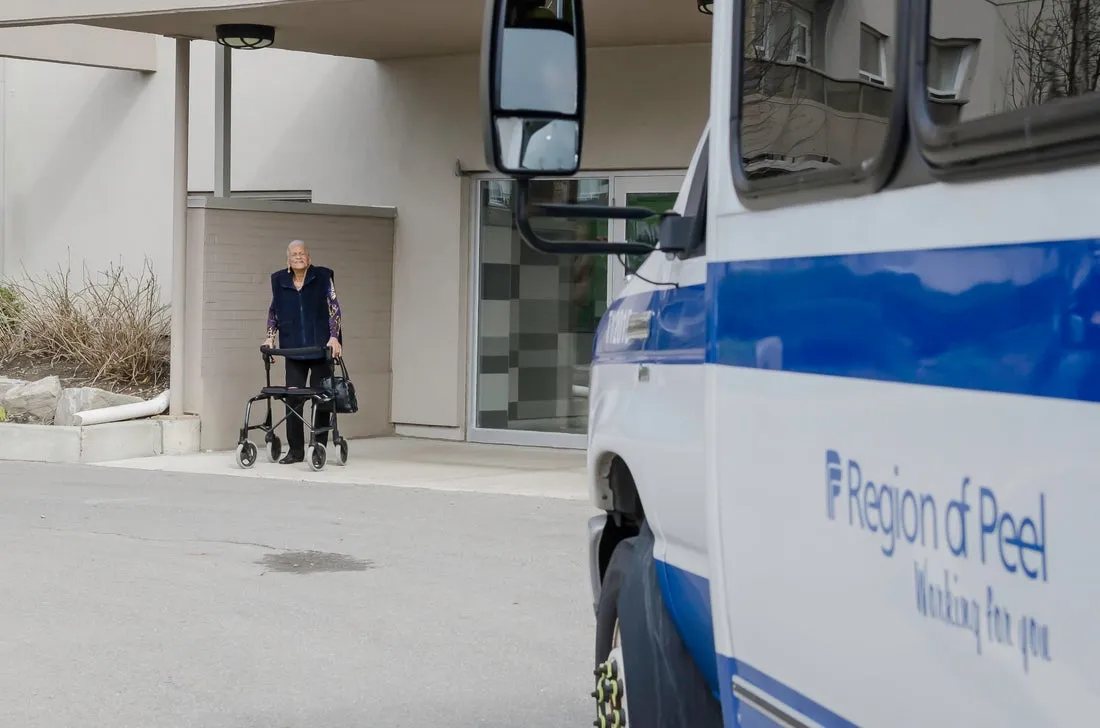
Papercast's 13” solar-powered e-paper bus stop displays will provide live accurate bus arrivals and other important information to travellers at the busiest stops in the centre of Manama, Bahrain.
The Gulf country’s first real-time electronic passenger information service is led by Papercast partner Spark City (Gulf), provider of integrated traffic and transport systems, which won the contract after a trial at Bahrain International Airport.
The information solution uses wireless solar powered e-paper displays, with a content management system developed for public transport needs.
The Government of Bahrain's Ministry of Transportation and Telecommunication is responsible for implementing the infrastructure, which is operated by the Bahrain Public Transportation Company.
The installation forms part of a national strategy to modernise public transport in the Gulf state, which is also considering a metro project.
Papercast e-paper bus stop displays have been deployed across the Middle East, including in Abu Dhabi, Dubai, Kuwait, Makkah and Qatar.
Roddy Drummond, British Ambassador to Bahrain, says the new installation "will help people to use the bus network flexibly and in the future link into the metro".
"Using public transport is important for the energy transition and making our cities more sustainable, and this is a smart contribution to that," he added
Hamad Fawzi Behzad, director of Spark City (Gulf), says: “Bahrain is on the verge of breaking new ground and I am excited to see how this develops with Papercast across the rest of the transport network.”










